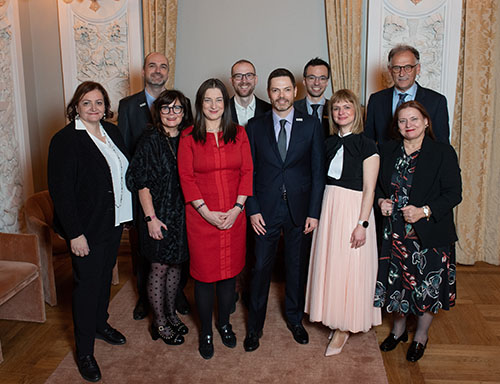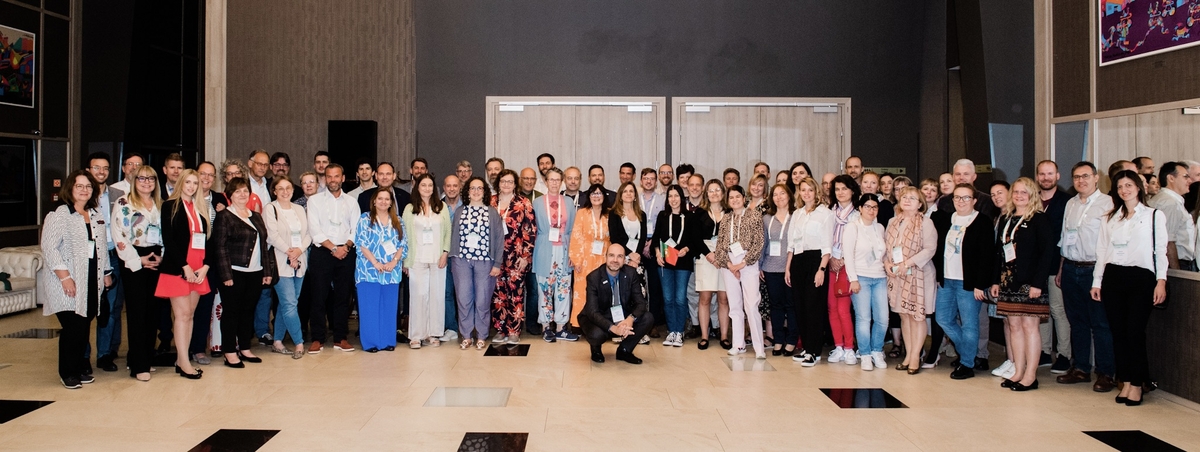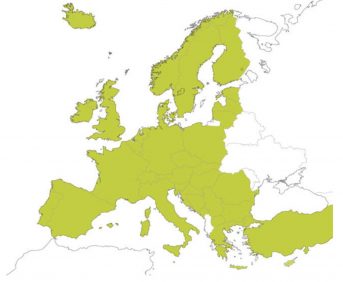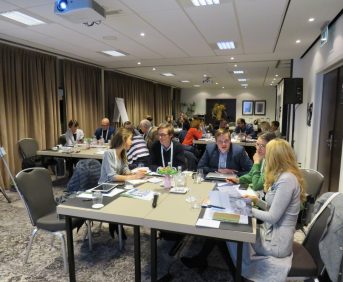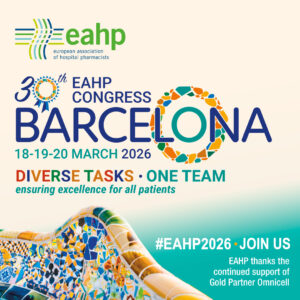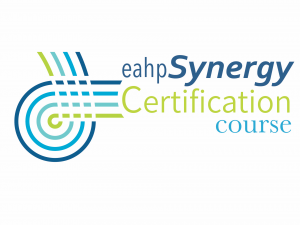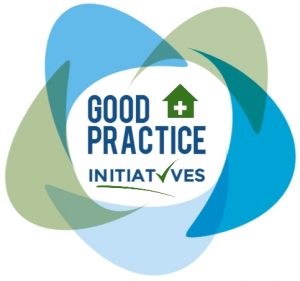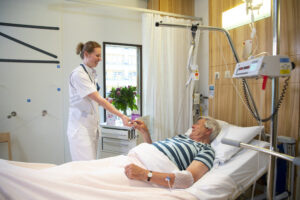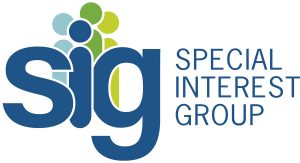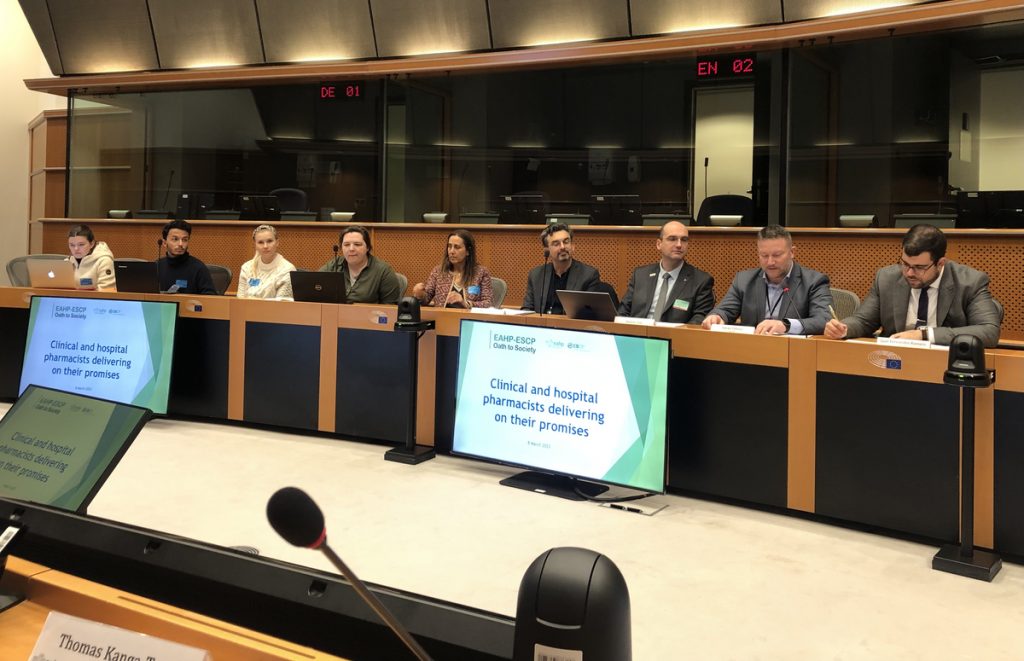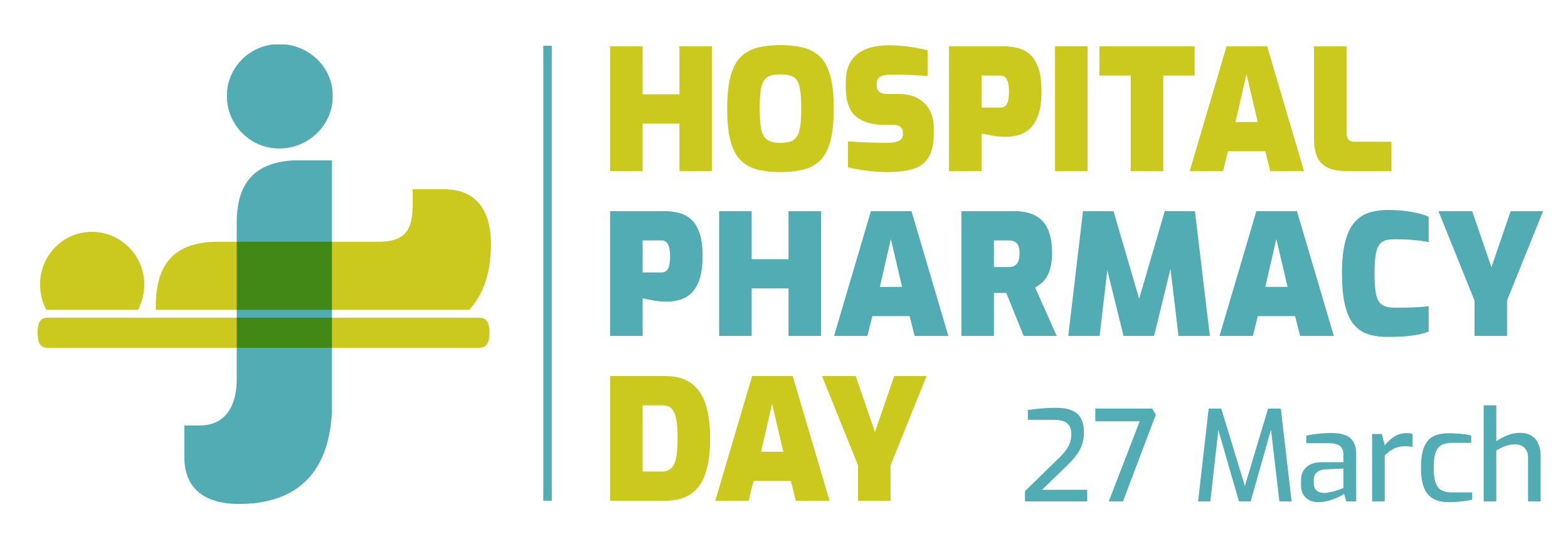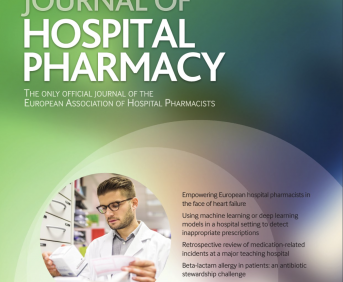IMPLEMENTATION OF A MULTIDISCIPLINARY PHARMACOKINETIC-PHARMACOGENETIC UNIT
Pdf

European Statement
Clinical Pharmacy Services
Author(s)
Jose Luis Sánchez Serrano, Ana Valladolid Walsh, Andrea Drodz Vergara, Carolina Andrés Fernández, Laura Navarro Casado
Why was it done?
Due to a reorganization of health professionals in our hospital, we identified an opportunity to include in our clinical services the preparation of pharmacokinetic reports for all drugs for which blood levels were carried out both at the hospital and external laboratories.
What was done?
We have implemented a multidisciplinary pharmacokinetic-pharmacogenetic unit with the Laboratory Department in our hospital. Until the end of 2023 we participated in the preparation of pharmacokinetic reports for a limited number of drugs in inpatients, basically in haematological and critical patientes. After this, we have included this clinical service for all drugs for which levels were carried out at the hospitalization and outpatient level.
How was it done?
The first step was to present a joint project to the hospital management to reorganize this activity and meet with medical departments to identify their needs and areas of improvement.
At the same time we acquired and implemented a specific software to assist us with the elaboration of recommendations.
We included training sessions in pharmacokinetics for pharmacists in the Pharmacy Department´s annual training program, in addition to offering an external course on Pharmacogenetics Course for staff pharmacists.
As to the clinical services offered, the project has gone through two stages:
• First stage (1 month duration): We reviewed all requests for drug levels obtained both from hospital and primary care level.
• Second stage (10 months duration): The pharmacist monitors all drug serum levels of narrow therapeutic margin and monoclonal antibodies both at the hospitalization and outpatient level. We have updated the available catalogue of drug serum concentrations tests in our center including Voriconazole, Linezolid, Ustekinumab, Adalimumab and Infliximab.
What has been achieved?
We have improved the whole process from ordering tests to sample extraction, serum level determination, and making recommendations in both inpatients and outpatients.
An average of about 160 pharmaceutical interventions per month are done with a 95% acceptability.
What next?
Our future objectives include updating the available pharmacogenetic testing in this unit in order to include recommendations based on test results.
